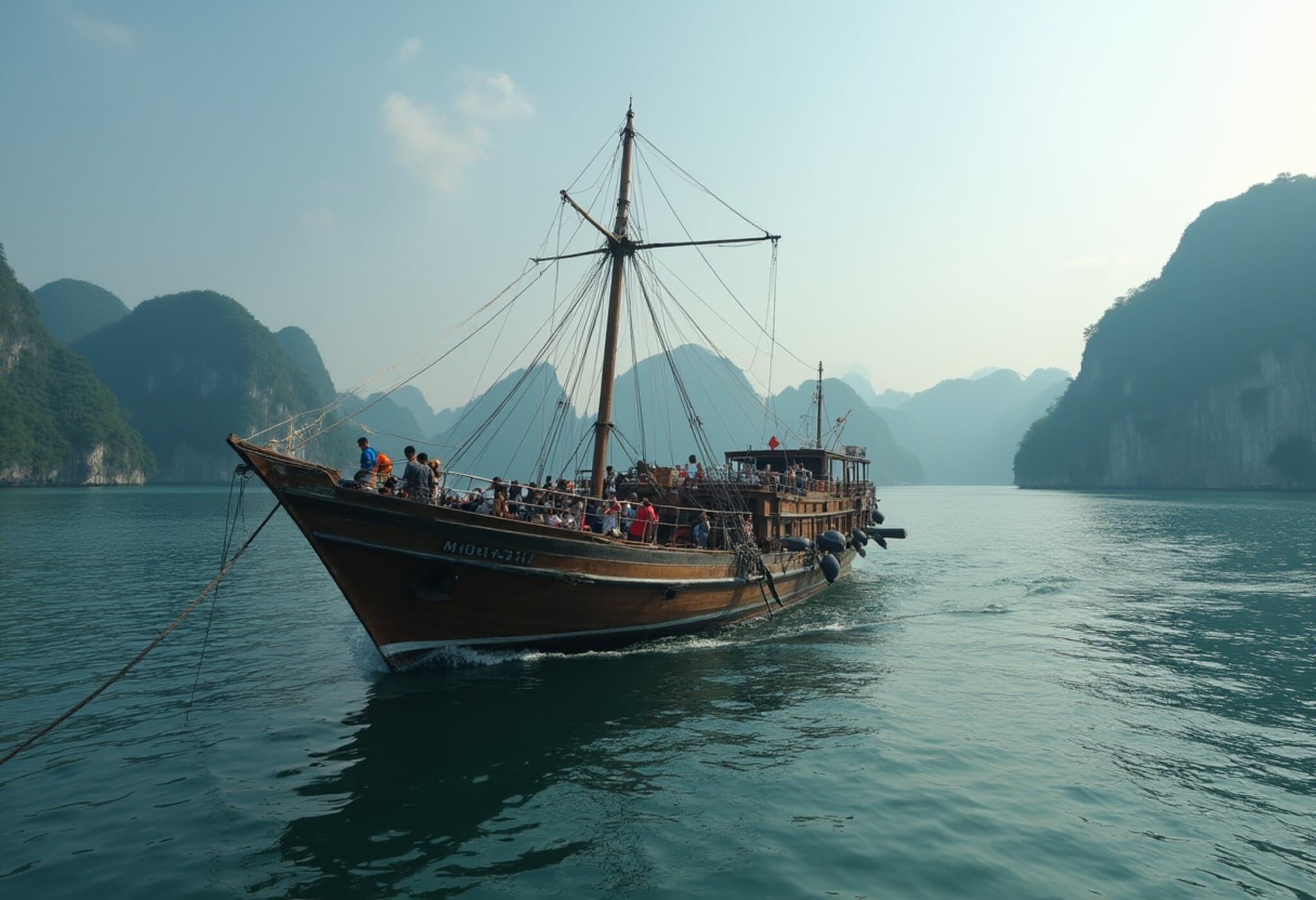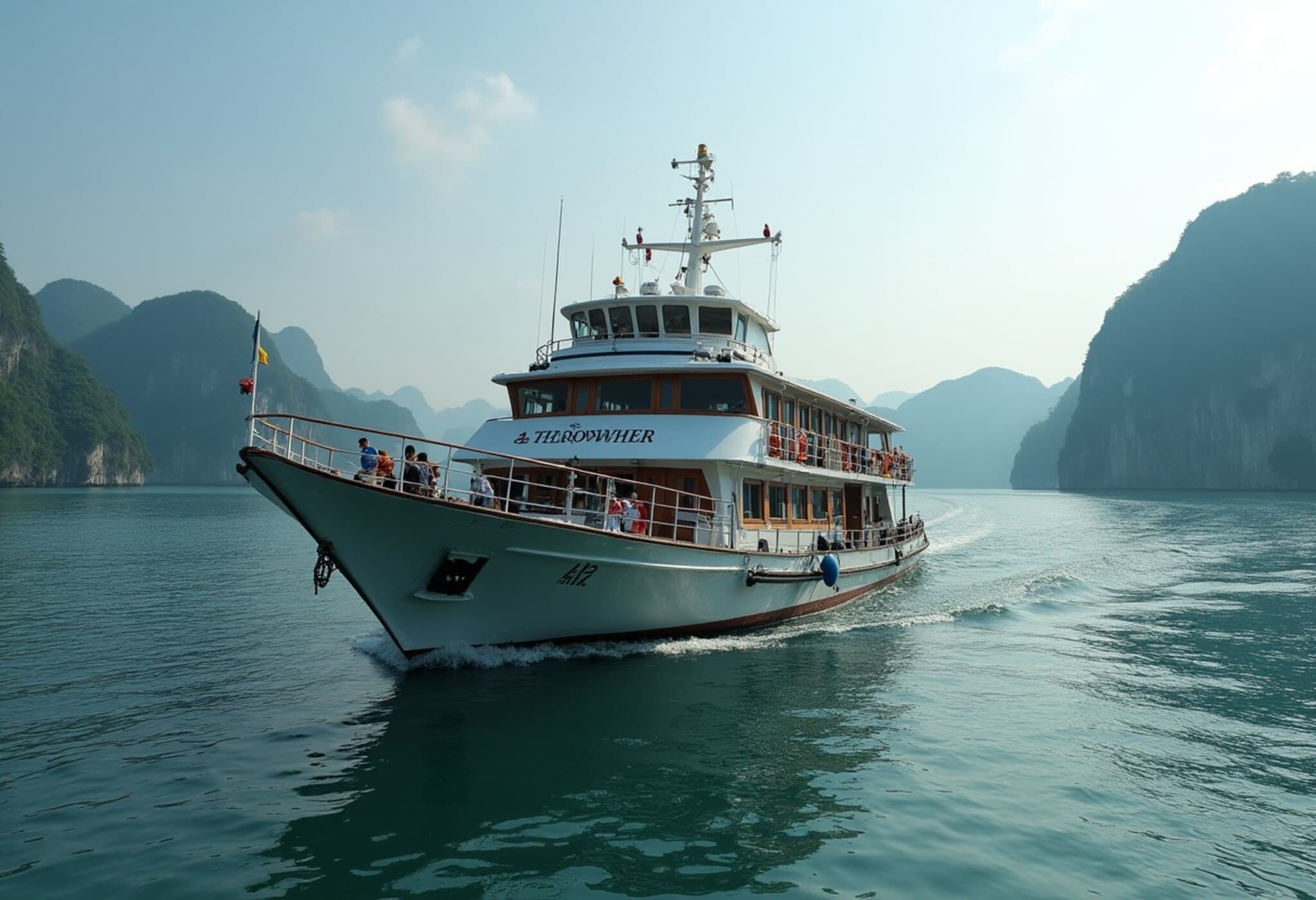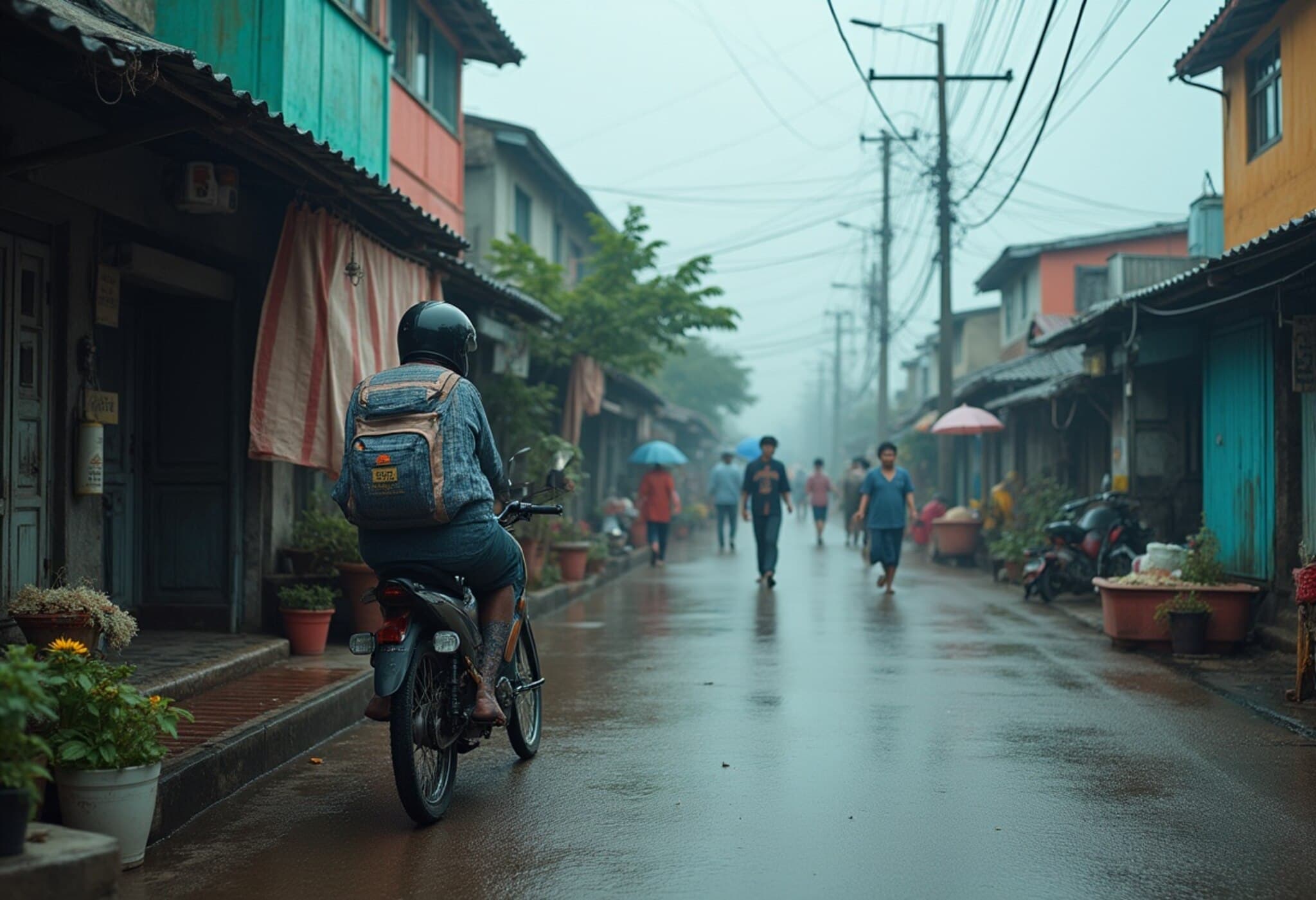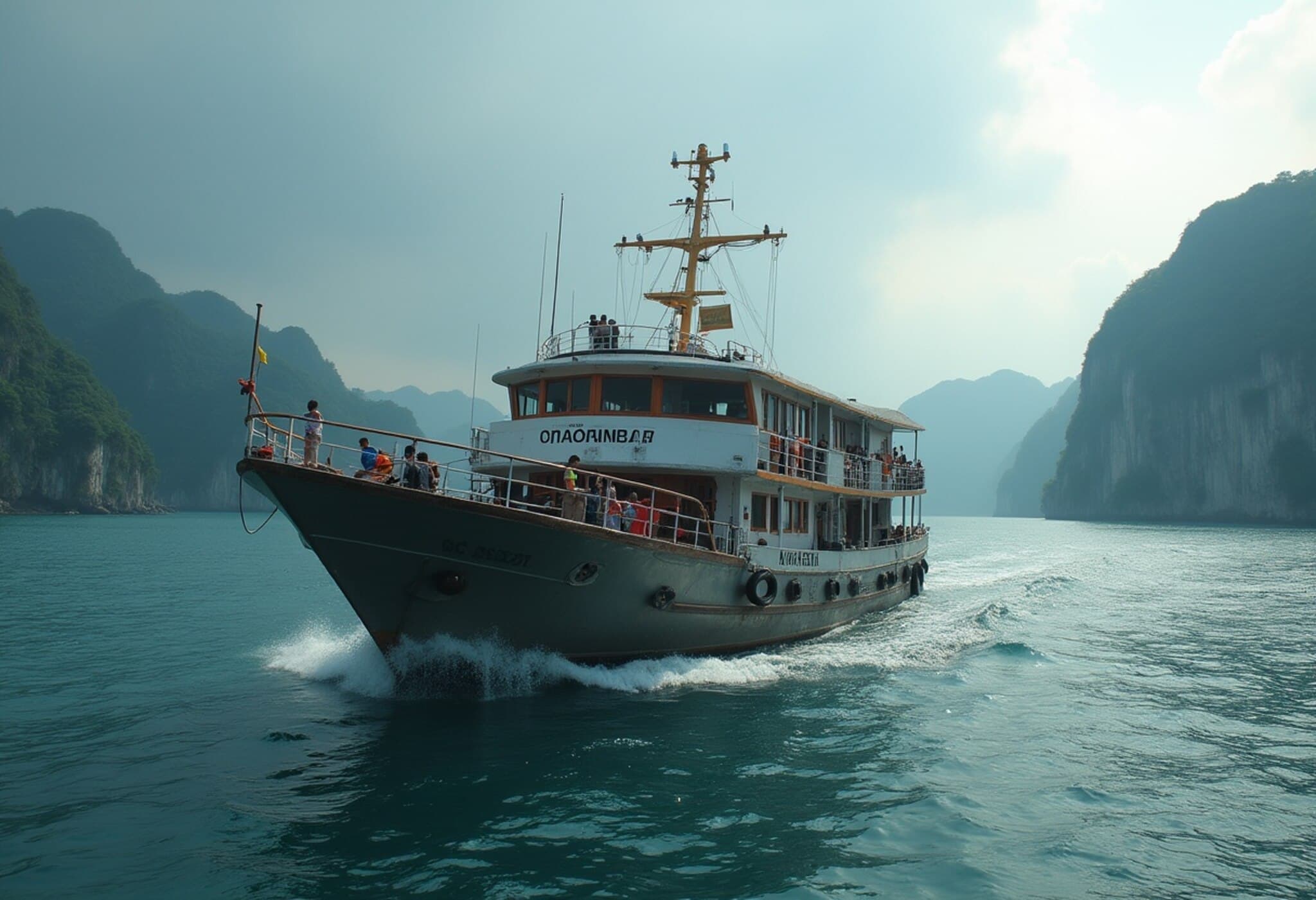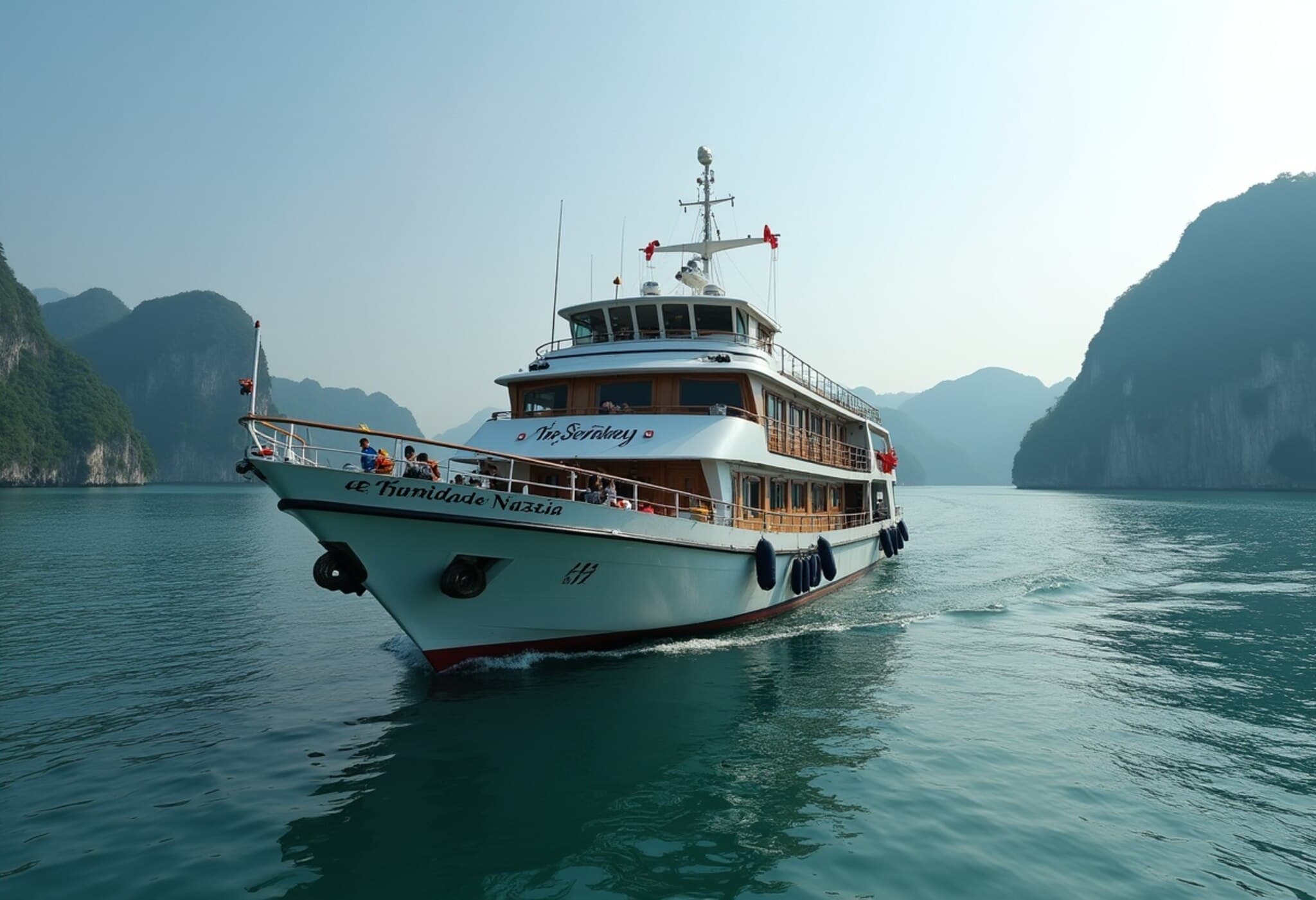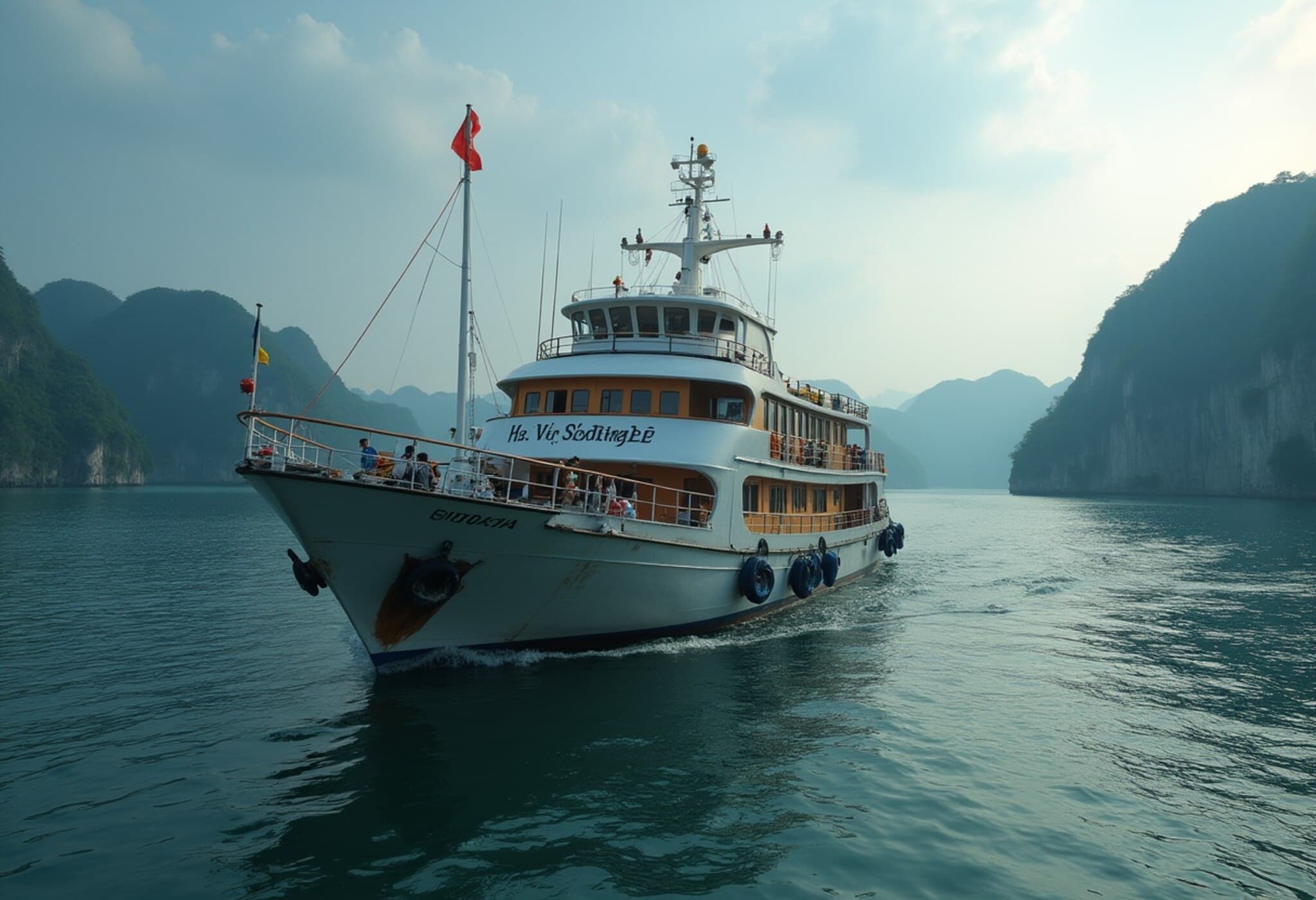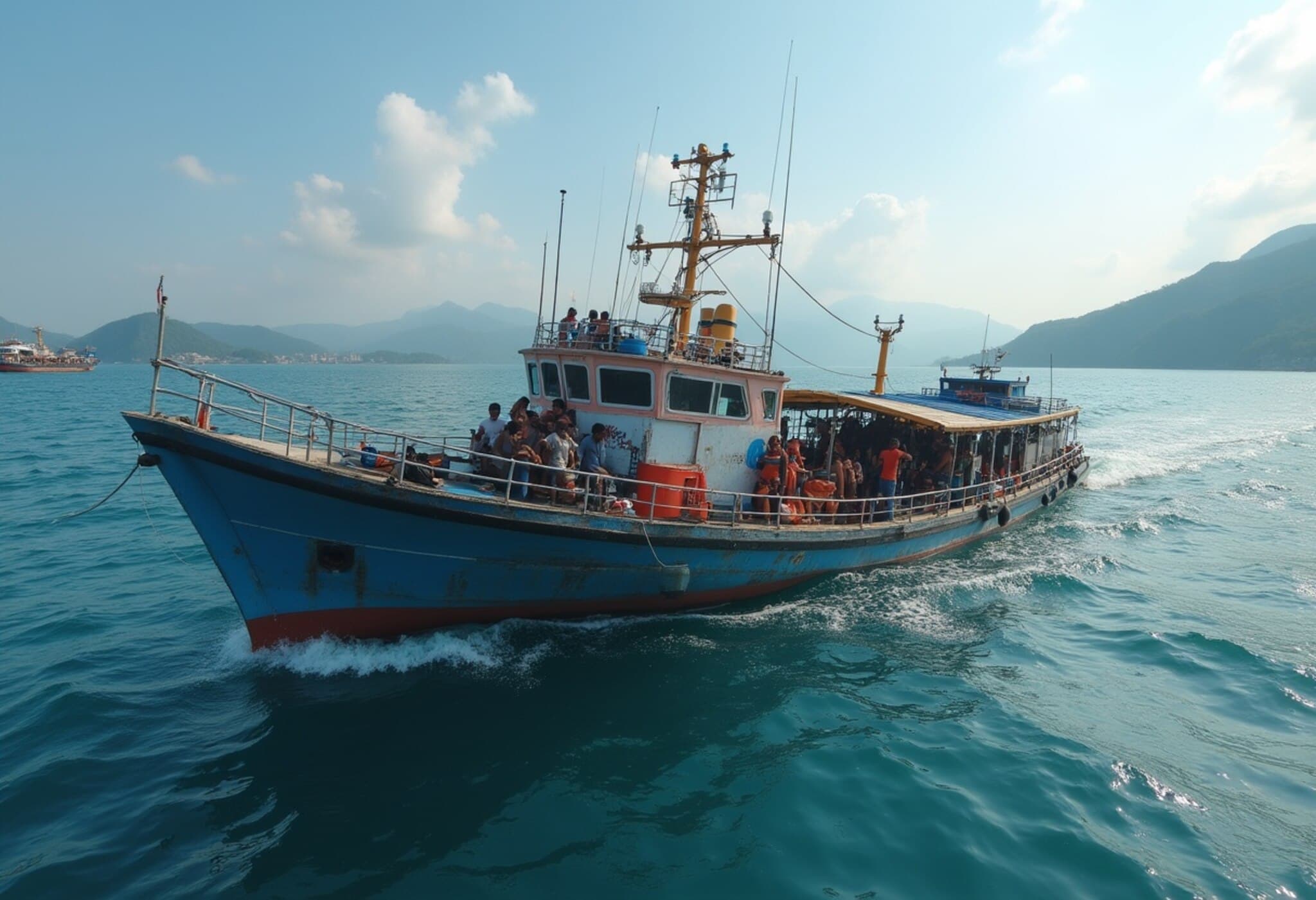At Least 34 Dead as Tourist Boat Capsizes in Ha Long Bay, Vietnam
A sudden and violent thunderstorm on Saturday turned a dream sightseeing trip into a heartbreaking tragedy in Vietnam’s iconic Ha Long Bay, as a tourist vessel capsized, claiming the lives of at least 34 people. Authorities confirm that the boat, carrying over 50 people including families and more than 20 children from Hanoi, was caught off guard by fierce winds and heavy rain, capsizing swiftly in the UNESCO World Heritage site’s waters.
Details of the Incident
The vessel was reported to have 48 passengers and 5 crew members aboard when powerful gusts from a sudden thunderstorm caused it to overturn. The rescue efforts have so far retrieved 18 bodies and managed to save 12 survivors, including a 14-year-old boy who was found trapped inside the overturned hull after four tense hours underwater.
Despite a rapidly deployed search-and-rescue operation that lasted well into the night, dozens remain unaccounted for, raising fears of additional casualties as local authorities continue combing the area.
Ha Long Bay’s Perilous Weather Patterns
This region, renowned for its emerald waters and dramatic limestone karsts, attracts millions of tourists annually. Yet its natural beauty is accompanied by unpredictable weather—especially during the monsoon season when typhoons and sudden storms sweep through the Gulf of Tonkin.
- In 2023, Typhoon Yagi devastated the area, sinking around 30 vessels in Quang Ninh province, demonstrating the recurring maritime dangers faced by local fishermen and tour operators.
- Local officials acknowledge that such weather changes are frequent and pose significant risks to navigation, particularly for smaller tourist boats.
Human Cost and Wider Implications
The tragedy underscores the vulnerability of tourist safety protocols amid increasingly extreme weather conditions possibly linked to broader climate instability affecting Southeast Asia. The presence of many children aboard amplifies the emotional toll, touching communities far beyond Ha Long Bay. Questions are now emerging about regulatory measures, real-time weather monitoring, and evacuation readiness for tourist vessels operating in such environments.
Experts in maritime safety emphasize the need for stricter enforcement of safety guidelines and investment in more resilient marine infrastructure to prevent similar future disasters, which not only threaten lives but also the region's vital tourism industry.
Ongoing Rescue and Response
Vietnam’s border guards and emergency responders remain engaged in exhaustive search operations. Authorities have appealed for calm and collaboration as they piece together the sequence of events leading to the sinking.
This tragic event serves as a somber reminder of nature’s unpredictability and the importance of preparedness in one of the world’s most beautiful yet meteorologically challenging tourist destinations.
Editor’s Note
The capsizing of the tourist boat in Ha Long Bay reveals critical vulnerabilities in disaster preparedness amid increasingly erratic weather patterns. While the immediate focus remains on rescue and recovery, this tragedy prompts a crucial reflection on how Southeast Asia’s booming tourism sectors can adapt to climate-driven risks. For readers, it raises questions about travel safety in vulnerable destinations and the ongoing need for robust environmental and public safety policies.

